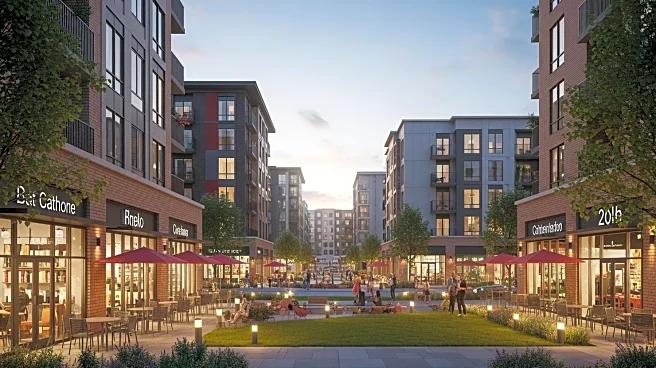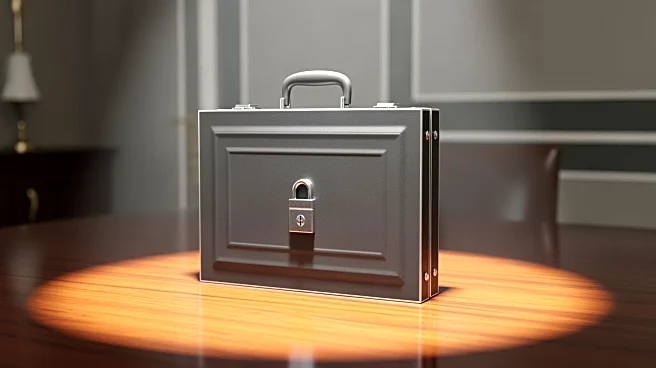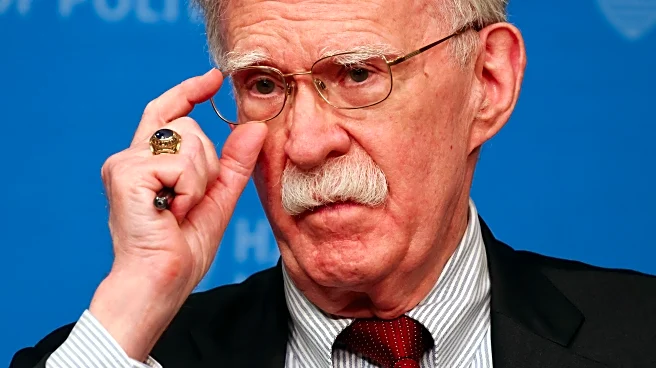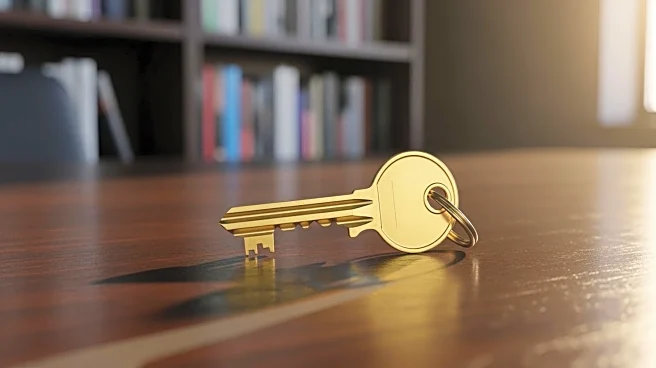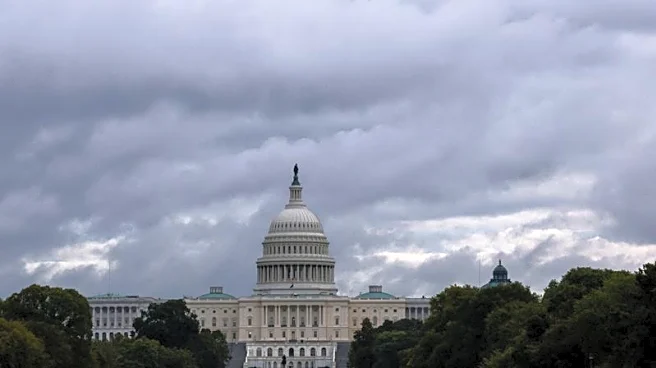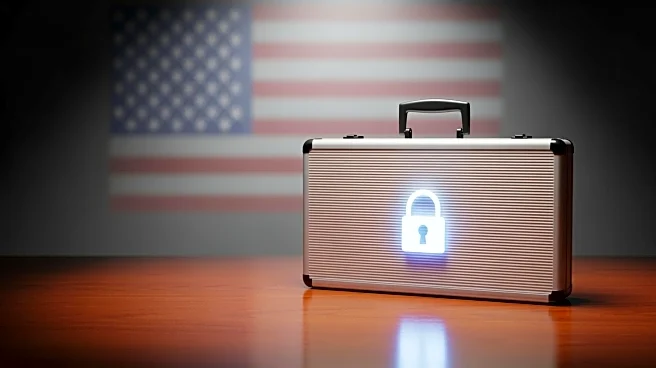What's Happening?
Cooper Robertson, a renowned architectural firm, is spearheading efforts to revitalize distressed malls by converting them into walkable mixed-use neighborhoods. The firm has been involved in projects such as Columbia Town Center in Maryland, where they
transformed a fading mall into a vibrant downtown area. This approach involves integrating retail spaces with housing, offices, parks, and cultural amenities, creating a dynamic public realm. The transformation aims to activate public life by treating retail spaces as integral parts of the community rather than isolated entities. The Columbia Town Center project, for instance, is set to include over 6,200 new residential units, 4.3 million square feet of office space, and 1.25 million square feet of retail space, along with hotel rooms and convention spaces.
Why It's Important?
The transformation of distressed malls into mixed-use neighborhoods is significant as it addresses the decline of traditional retail spaces and the need for sustainable urban development. By creating integrated communities, Cooper Robertson's approach not only revitalizes underutilized areas but also fosters economic growth and enhances civic pride. This model provides a blueprint for other cities facing similar challenges, offering a solution that promotes social interaction and economic activity. The inclusion of affordable housing units and cultural spaces ensures that these developments cater to diverse populations, potentially reducing urban sprawl and improving quality of life.
What's Next?
As Cooper Robertson continues to implement its mixed-use neighborhood model, other cities may look to replicate this approach to address their own urban development challenges. The success of projects like Columbia Town Center could inspire further investment in similar initiatives, encouraging collaboration between developers, local governments, and community stakeholders. Future developments may focus on enhancing connectivity and sustainability, integrating green spaces and public transportation options to create more livable urban environments.
Beyond the Headlines
The shift from traditional retail to mixed-use developments reflects broader trends in urban planning and real estate. This approach not only revitalizes physical spaces but also challenges conventional notions of community building. By prioritizing human-scaled design and flexible spaces, these projects promote inclusivity and adaptability, potentially influencing future architectural practices and urban policies.
